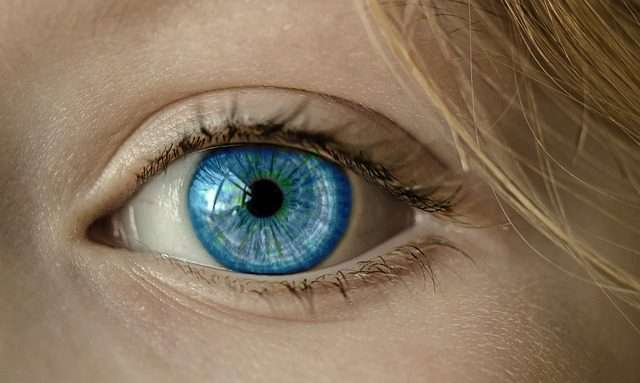Eyes, the “windows to the soul,” unveil emotional depth and genetic legacy, painting a canvas of one’s unique story. The presence or absence of an eyelid crease, a captivating feature, reflects intricate diversity molded by complex gene interactions.
The striking difference between hooded vs non-hooded eyes illustrates genetic impacts on appearance. It also honors the broad range of human diversity and the inherent beauty it holds.
Let’s dive into the difference between hooded VS non-hooded eyes.
Eyelid Visibility
A heavy or droopy upper eyelid characterizes hooded eyes. It covers the partial eyelid crease and the natural fold of the eyelid. This creates an illusion of a smaller eye and can sometimes make applying eye makeup a challenge.
Non-hooded eyes have a more visible eyelid crease and natural fold. This makes it easier to apply makeup and showcase the eyelid.
Eyelash Length
Hooded eyes lead to shorter or sparser eyelashes. It’s characterized by the presence of extra skin covering the upper eyelid. This unique eye shape can influence how eyelashes appear.
Individuals with non-hooded eyes often showcase longer and fuller lashes. It plays a role in enhancing the eye aesthetics.
Eye Shape
Hooded eyes have extra skin that folds down from the brow bone. This makes the eyes look more almond-shaped or a bit droopy. This gives the eyes a mysterious and deep look, often seen as sultry or captivating.
Non-hooded eyes usually have a rounder shape with a more prominent eyelid crease. It offers a brighter and more open-eyed expression. This distinction in eye shapes contributes to the unique beauty and diversity found in individuals.
Genetic Factors
If you have hooded eyes, it’s likely because your parents or other family members do too. This trait is passed down through families because of genetics. So, if your mom, dad, or other relatives have hooded eyes, there’s a good chance you might have them as well.
Even though hooded eyes often run in families, they can vary a lot from one generation to the next. Sometimes even skipping some family members.
Environmental Factors
Environmental factors can also play a role in the presence of hooded eyes. Aging, for instance, can gradually lead to hooded eyelids as skin loses elasticity and starts to sag. Certain ethnicities have a higher prevalence of hooded eyes, such as individuals with East Asian ancestry.
Cultural Perceptions
In various cultural contexts, hooded eyes are sometimes interpreted as a symbol of advancing age and are commonly linked with feelings of fatigue or a lack of vitality.
Non-hooded eyes are often perceived as exuding a youthful and lively appearance. It’s important to note that these cultural perceptions surrounding eye shapes may differ significantly from one culture to another and may evolve.
Beauty Standards
Beauty standards influence how hooded and non-hooded eyes are perceived. In Western cultures, non-hooded eyes are often considered the ideal, leading to a high demand for them.
This preference has fueled the popularity of cosmetic procedures like blepharoplasty (eyelid surgery) among individuals with hooded eyes. To explore further information about this procedure, consider contacting a blepharoplasty provider. They can provide more insight into the process and help determine if it might be a good fit for you.
Comparison of Hooded VS Non-Hooded Eyes
The differences between hooded VS non-hooded eyes reflect genetic diversity and cultural influences, shaping perceptions of beauty. While hooded eyes suggest depth and history, non-hooded eyes are admired for their distinct aesthetic.
Appreciating all eye shapes highlights individual beauty and promotes inclusivity over conforming to a single standard.
Browse our blog for more interesting reads like this.

